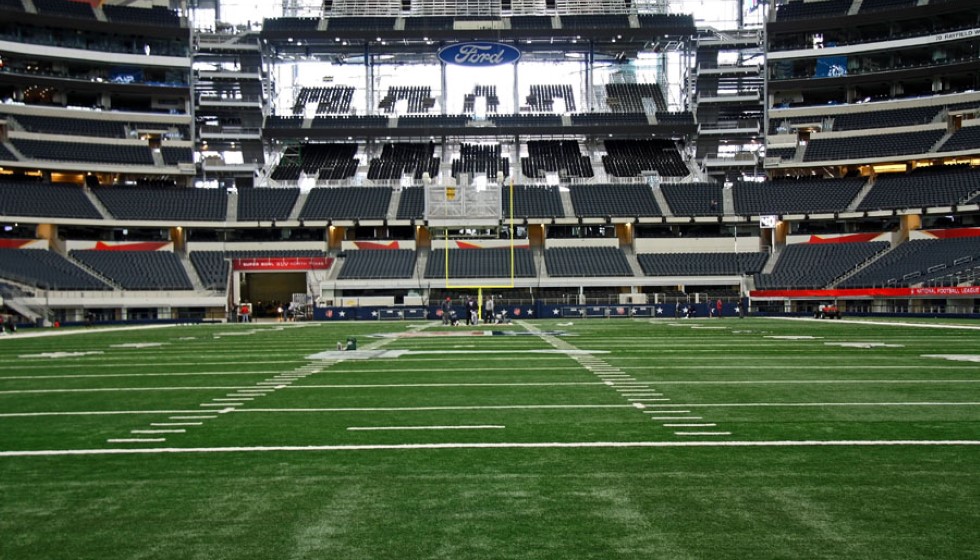
In the world of the National Football League, winning cures many ailments, but the New York Giants and the Carolina Panthers find themselves in a similar predicament this season, both standing at a disheartening 2-7 record. For the Giants, the focus is squarely on their quarterback, Daniel Jones, who has managed to hold onto his starting job despite the team’s struggles.
Commitment to Stability
Head Coach Brian Daboll is sticking with his quarterback amidst external debate about the future of the Giants’ offense. "Jones will retain his starting job, and that nothing will change with regard to the distribution of starter's reps in practice," Daboll reaffirmed. It’s a statement of continuity in a season filled with uncertainty.
Jones, who returned to the field following a torn ACL sustained late last year, faces challenges with both performance and expectation. The quarterback boasts a completion rate of 63.8% and an average of 6.2 yards per attempt. These numbers suggest a player grasping for consistency, yet there are sparks of promise—Jones has thrown eight touchdowns against five interceptions over nine games.
Offensive Struggles and Bright Spots
The Giants' offensive statistics tell a story marked by highs and lows. The team has managed to score over 20 points in only three of their nine games, with their season-high being 29 points. In contrast, they collected only 58 points across four division losses, illustrating the challenges faced when up against formidable NFC East defenses.
Jones' sack rate, which exceeds 8%, remains a critical issue that necessitates attention from the Giants' offensive line. Despite this, Jones has demonstrated mobility, averaging 4.0 yards per carry, offering a dual-threat dimension that can potentially spark the team’s offensive drive.
Notably, the Giants had one turnover-free game, yet that performance translated to a mere three points and an unimpressive total of 119 yards. Such statistics hint at fundamental issues that transcend just quarterback play, involving broader offensive coordination and execution.
The Financial Facet
A significant backdrop to Jones' current situation is his substantial contract. Under a four-year, $160 million deal with $81 million guaranteed, the financial commitment by the Giants is a clear signal of trust, making discussions about changes at quarterback more complex. The contract is structured with critical salary figures of $30 million in 2025 and escalating to $46.5 million in 2026.
In terms of team strategy, next offseason presents the Giants with a potentially crucial financial decision. Cutting ties with Jones could release between $19.4 million to $30.5 million, a figure that weighs heavily in the evaluation of the team’s future both on and off the field.
Injury guarantees in Jones' contract present another interesting dynamic, with $23 million accounted for, making the calculus for any shifts in strategy multidimensional. Meanwhile, signing bonuses have accumulated $22.2 million in cap hits, speaking to a long-term vision with immediate complexities.
Looking Ahead
As the Giants move forward in this challenging season, the pressure mounts not just on Jones, but on the entire organization. With their current standing, every decision—from starting lineups to play calling, to potential offseason moves—will be scrutinized by both fans and analysts. The commitment to Jones as the starter reflects a holistic strategy around development and continuity, but tangible results must follow to affirm the leadership's choices.
For the embattled Giants, finding their footing will require a blend of strategic planning, on-field execution, and the elusive momentum that can transform a season. While their current record and performance metrics loom large, the path remains open to redefine their journey, offering potential for redemption through resilience and adaptation.